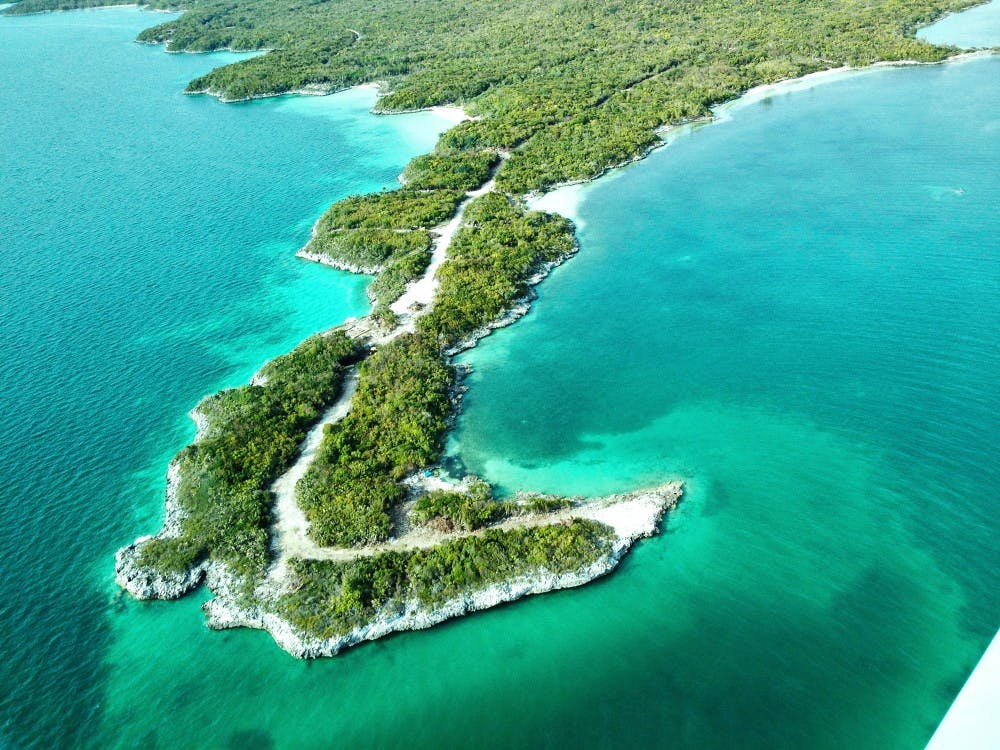Geological investigations can often speak volumes to scientists who are studying the impacts of climate change.
Even though multiple hurricanes and other natural disasters have taken their toll on the Caribbean and Bahamian islands in the past year, scientists can still understand the area’s past from abundant geological evidence and signs.
In fact, scientists have conducted many extensive geological studies that aim to extrapolate the historical weather patterns in the Caribbean and Bahamian islands.
Paul J. Hearty, a retired associate professor at the University of North Carolina at Wilmington, and Blair. R. Tormey, a coastal research scientist at Western Carolina University, conducted a massive review of current published findings surrounding rocks on the Caribbean and Bahamian islands.
The history of the islands has been preserved in carbonate sedimentary rocks enabling geologists to document past historical events and conditions. Hearty and Tormey focused on rocks with an age of approximately 120,000 years.
These rocks showed that there had been more extreme climate and weather conditions during that time than current conditions.
From these and other findings, the researchers are able to trace back to the last interglacial period, otherwise known as the marine isotope substage 5e (MIS 5e). Utilizing gathered data, the researchers were able to determine that there had been a distinctly noticeable global climate transition during this period, characterized by a wave of sudden sea level changes that amounted to a few meters in depth.
This dramatic sea level change led to severe storms in the North Atlantic Ocean that exacerbated the weather conditions. The Bahamas and Bermuda, in particular, were affected by the storm’s wave-transported deposits.
The sea level grew during this time to about three to nine meters above our current level. The massive storms that followed the rise in sea level were termed “superstorms” to emphasize the magnitude of their intensity.
However, a key difference between the current climate and that of the last interglacial period is that the latter only experienced a mild trend of global warming, and it was certainly not on a scale comparable to the warming that is experienced today.
The most useful implication extracted from these findings is perhaps the realization that extreme climate change is not a prerequisite for significant oceanic pattern changes.
In the modern industrializing world, CO2 emissions are reaching a level virtually unrivaled in history, except for the rare cases of mass extinction that is sporadically interspersed between different historical periods. Hearty and Tormey thus conclude that sooner or later, drastic changes to the environment will be inevitable.
Currently, worldwide energy emission and consumption trends are molding an unprecedented climate system that is rapidly losing any signs of natural normalcy. Not only are ice sheets melting and sea levels rising, but also overall climate patterns are becoming more transient and unpredictable.
“If we seek to understand the non-anthropogenic events of the last interglaciation, some of the consequences of our unchecked forward speed may come more clearly into focus... a message from the past; a glimpse into the future,” Hearty and Tormey said to ScienceDaily.

















